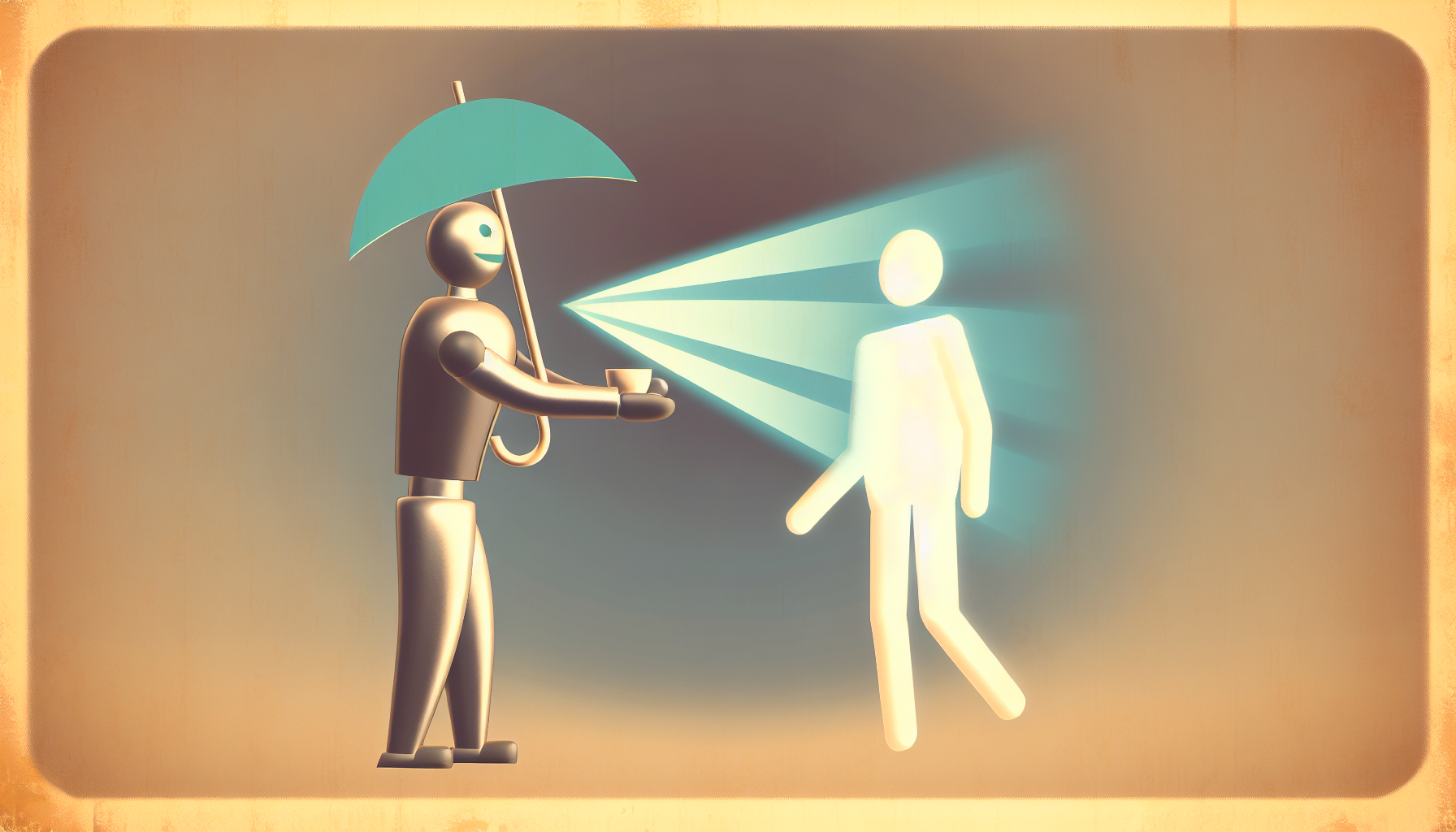Imagine this: you’re having a tough day, your favorite coffee shop messed up your order, your boss was generous with deadlines, and, to top it all off, you’re caught in the rain without an umbrella. Now picture an AI stepping in, not just with an accurate weather forecast or a high-speed coffee order, but with words of encouragement and maybe even a virtual hug. Sounds nice, right? Welcome to the intriguing world of artificial altruism—the idea of programming empathy and compassion into machines.
Empathy and compassion are qualities most of us aspire to. They are the golden threads that weave the tapestry of human connection. But can we imbue these threads into silicon circuits and lines of code? Artificial altruism attempts to do just that. Let’s embark on a journey exploring the charmingly complex endeavor of teaching machines to not just understand us, but to care.
The Roots of Artificial Altruism
Artificial altruism doesn’t spring from a vacuum. It’s born from a broader conversation about the role of AI in society. While digital assistants, like Siri or Alexa, can tell you the weather or play your favorite song, the next step is understanding and responding to emotional needs, anticipating moments when a human touch (or its digital approximation) is needed.
The potential for such a leap is mesmerizing and a bit like teaching your pet schnauzer to play the piano—ambitious, but imagine the symphonies we might compose! The foundation lies in deep learning and natural language processing, aimed at deciphering not just language, but intent and emotion behind it.
Teaching Machines to Care: Can Code Create Compassion?
Programming empathy sounds like quite the task. It isn’t about robots giving you a tissue when you cry—it’s more like them saying the right thing at the right time. The AI must learn what responses are considered empathetic in different contexts. It’s not a one-size-fits-all world, after all! Responding to “I’m feeling down” can vary dramatically, depending on whether you’re dealing with a minor inconvenience or a serious loss.
To achieve this, AI developers often turn to massive datasets of conversations and interactions, utilizing algorithms to “learn” what compassionate responses sound like. Think of it as teaching a child the art of empathy, minus the sticky fingers and crayons. Yet, the nuances that humans grasp intuitively, AI must parse systematically, a bit like finding the emotions hidden in the myriad melodies of a musical score.
The Challenges of Machine Empathy
Empathy and compassion are multifaceted, involving emotional intelligence, an understanding of the situation, and cultural considerations. This is precisely where the challenge lies. Humans have spent millennia fine-tuning our empathetic responses, tweaking, and sometimes outright ignoring them—hello, bad day at work! Teaching a machine these skills is akin to it mastering the art of buttering toast just right—subtle and subjective.
Moreover, there’s the matter of authenticity. People can discern between genuine empathy and something that feels mechanical. Imagine being comforted by a robot that sounds like it’s reading from a script. The uncanny valley isn’t just about looks; it’s about interactions too. Ensuring an AI feels “real” rather than a glorified autocorrect is a considerable task.
The Bright Side: Potential Benefits
Despite the hurdles, artificial altruism holds immense potential. AI could offer support in mental health scenarios, providing real-time emotional support to those in distress when human help isn’t available. It could revolutionize caregiving, allowing those who support others to do so more effectively with an empathetic machine assisting them.
Imagine a future where elder care robots not just remind folks to take their medicine but also ask, with genuine interest, “How are you feeling today?” These machines could become partners in empathy, ironing out the nuances of compassionate care that might be overlooked in busy human schedules.
Navigating the Ethical Maze
But with great power comes great responsibility—and, paradoxically, the need to handle it with the wisdom of an AI philosopher. Ensuring mechanisms are in place for user privacy, especially when collecting sensitive emotional data, is crucial. We’d rather avoid a world where AI empathizes with us but also happens to share our woes with third-party advertisers—nobody wants their data breach to come with a side of emotional trauma.
Moreover, ponder for a moment: should machines ever replace human empathy? The question challenges the essence of what empathy truly means. Can it be replicated by circuits, or should AI always remain a supplementary force, enhancing human interaction but never substituting it?
Conclusion: The Journey Ahead
We stand at the cusp of an era where machines are not just tools but peers on our journey. If we can successfully integrate empathy into AI, it holds the potential to transform industries, mental health care, and personal interactions. However, like cliff-diving into an emotional ocean, it requires forethought, a little courage, and, ideally, a life vest or two.
Artificial altruism requires us to put our best foot forward, combining human insights with machine precision. It’s a delicate balancing act, but the payoff could be a richer, more interconnected world where we bridge the gap between human need and machine capability—now wouldn’t that be a comforting thought, whether you’re caught in the rain or simply in need of a pick-me-up?

Leave a Reply